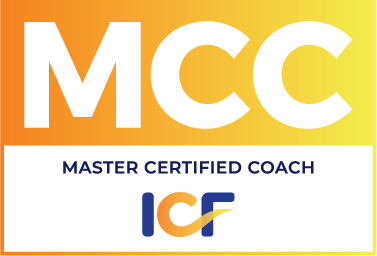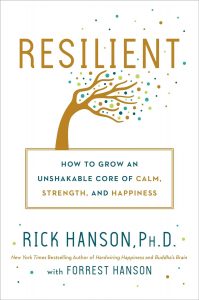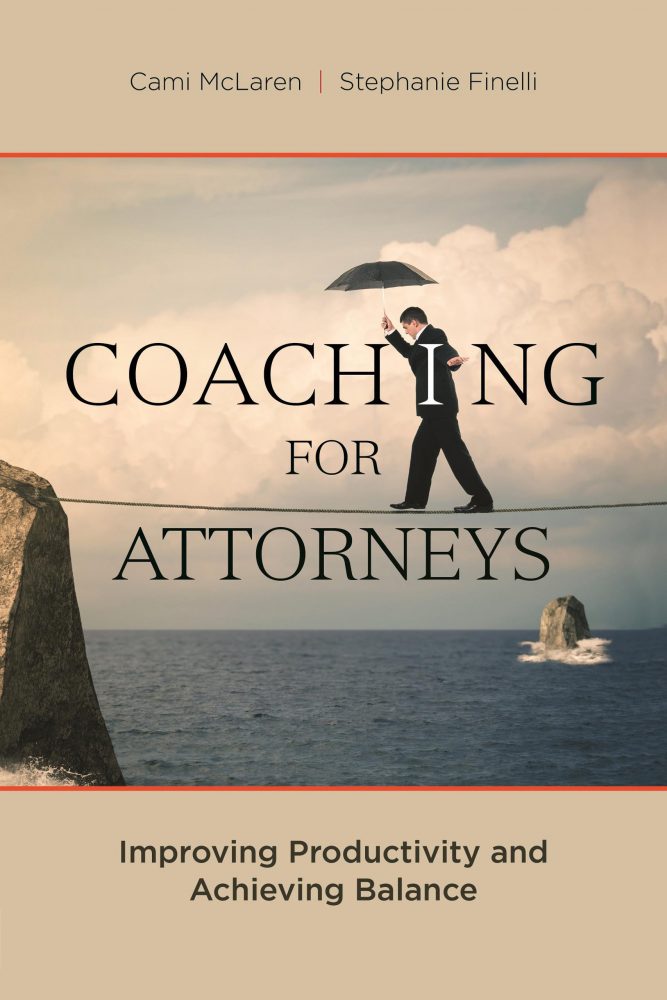The Art of Enrollment, Part III – Engage
ESSXB664N88Q
2013 is the year of enrollment! In January, I started a series on the art of enrollment. I defined enrollment as a way of supporting another person by offering a product, a service, or simply a solution; as a way of communicating with another person that inspires them to move forward with something they want by using something you have. Enrollment is a way to interact with others so that they want to work with you. (And again, I am indebted to Source Point Training Co. for introducing me to this concept.) To get up to speed before reading this third installment on the topic, it will be valuable to review parts I and II of this series, which you can find on my blog at www.mclarencoaching.com.
My objective is that we spend this year becoming very adept with this tool. This can make a significant impact on your business and many other areas of your life as well. As I go through the elements of the enrollment model, it will give you time between newsletters to really work with the different parts of the REALITY formula.
Enrollment is important for attorneys and other professionals and can be utilized for many purposes. So take a moment now and ask yourself, who do I want most to enroll? If you are an attorney, you may wish to enroll clients to hire you, secretaries to understand and do your work well, associates to get their work in on time. If you are in management, you may want to enroll staff into working collaboratively with one another. If you are a small business owner, you may want to enroll new customers. If you have a family, you may want to enroll them in going on vacation to Disneyland instead of some other destination.
Take a moment now and ask yourself, who do I want to enroll? Then, what do I want to enroll him/her in? You will learn more from this newsletter if you have a particular person or type of person in mind as you read. Let’s briefly review before we move on to the next element.
In Part I, I presented the following model of enrollment:
R apport – Create rapport; build trust.
E ngage — Be genuinely interested and focused on the other person.
A sk — Ask questions to clarify the other person’s desired outcomes.
L isten – Listen closely for what is important to him or her.
I nternalize – Understand the other person and what she wants and needs before you explain what you have. Be sure what you are offering fits the need.
T each – Show the other person that what you are offering will lead to the outcome they desire.
Y es! – Gain commitment and action.
In Part II, we established that the first step even before engaging in the enrollment process, is to ask yourself, “what do I want to enroll this person IN?” It is important to know this and be intentional about your efforts.
We then discussed specific ways of gaining RAPPORT with another person.
This month, I will talk about the second major piece of the enrollment process, ENGAGE.
Remember that enrollment is not a linear process. While you will always want to start with gaining rapport, and always be engaged with the other person, listening and asking questions, you may find times that you are not engaged or stop listening or become distracted; and you will then need to bring your focus back to the conversation. Pay attention to whether your focus is on the other person.
Engage
Speaking of paying attention, one of the most important things you can do in enrollment is learn how to truly focus on another person. “Engage” means focus, be present, pay attention, do not multi-task. Focus on the conversation when you are having it. Be sure you are interested and you act like you are interested.
One way to do this is to set aside time when you can focus and not be distracted. Set your enrollment conversation at a time when you can give it your full attention. It is less effective to have an enrollment conversation in the middle of a meeting or a party or in front of the television. In this age of technology, it is important to note that computer and phone dings and beeps are distracting in a conversation of any type, but will certainly not help you to enroll or to build rapport. And of course answering your phone or looking at it or your computer will also tell the other person that you are not engaged. My advice is that when you have an enrollment conversation, you clear time in your schedule, turn everything off, and focus solely on the other person.
For example, imagine that my secretary has been late for the last several days and I want to enroll her in being on time. I would not start talking to her the minute she walks in late through the door. I would plan a time for the conversation and tell her ahead of time. Before having the conversation I would “ground” myself; i.e., make sure I am not distracted; make sure I am ready to have the conversation. I might ask her to meet in the conference room where we cannot see computers or hear the telephone. I will leave my phone at my desk.
I want to be and stay engaged throughout the process. This is part of why this is not a linear process. You will need to continually be sure you are focused. If your mind wanders, bring it back. This will help you tremendously when you get to the listening stage.
If you eliminate distractions and listen fully and come across as engaged, you will set yourself apart from others. It is rare that we do this. I recommend that you start practicing. Practice with everyone. Turn off the television in your home when you speak with a member of your family. Turn off your computer monitor when you are on a phone call and look out the window instead (don’t read or try to do work of any kind). Turn off your computer monitor when an associate walks into your office and turn to look directly at that person. I once had a client who was very attentive in this way. When I first met him we were at a breakfast bar and he was dishing up his plate with food. I introduced myself and he stopped what he was doing and turned to face me and spoke to me directly. He did not go back to his food until we were done speaking. This really made an impact on me. Later I commented on how this made me feel that he was interested in me and in the conversation. He said, “my wife is deaf and she and I cannot communicate unless I face her directly.” He had learned a skill because he had to in order to communicate with her. But this skill made all his communication far more effective. Imagine the impact you will have on people if you give them this kind of attention.
So go out and practice engagement. For at least one week, set a goal to truly engage with everyone you meet. Notice what changes.
_______________________
I currently have one 1:1 coaching space available. Call or email me today for a free sample coaching call to see what you can accomplish through working with a coach.
“I absolutely believe that people, unless coached, never reach their full potential.” – Bob Nardelli, CEO, Home Depot







